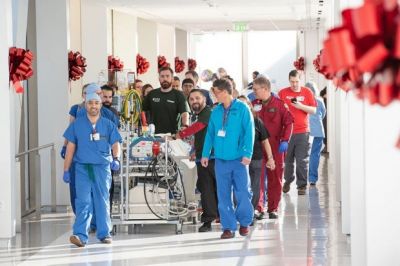
Image credit: David Gonzales

Image credit: David Gonzales

Image credit: Vantage Point Photography Inc.

Image credit: Farrin Abbott

Image credit: Jason Liu

Image credit: Courtesy Cyrus Reza and Bechtel International Center

Image credit: Kate Chesley

Image credit: Courtesy Stanford Medicine

Image credit: Courtesy Stanford Athletics

Image credit: Courtesy Stanford Athletics

Image credit: Yakov Eliashberg

Image credit: Steve Gladfelter

Image credit: Alex Kekauoha

Image credit: Farrin Abbott

Image credit: Steve Fisch

Image credit: Courtesy Chase Small

Image credit: Andrew Brodhead

Image credit: Andrew Brodhead

Image credit: Andrew Brodhead

Image credit: Andrew Brodhead

Image credit: Courtesy Alia Crum

Image credit: Owen Dubeck

Image credit: Courtesy Jan Barker-Alexander

Image credit: Courtesy Stanford Medicine

Image credit: Andrew Brodhead

Image credit: Courtesy the Patton family

Image credit: Andrew Brodhead

Image credit: Chuck Painter

Image credit: Rod Searcey


Image credit: Stacy H. Geiken Photography

Image credit: Andrew Brodhead

Image credit: Kate Chesley

Image credit: Andrew Brodhead
Fullscreen